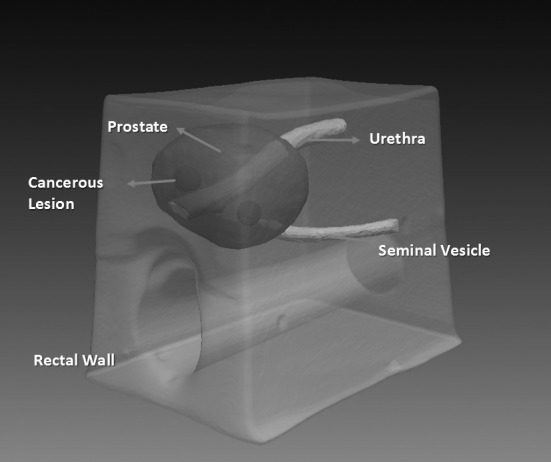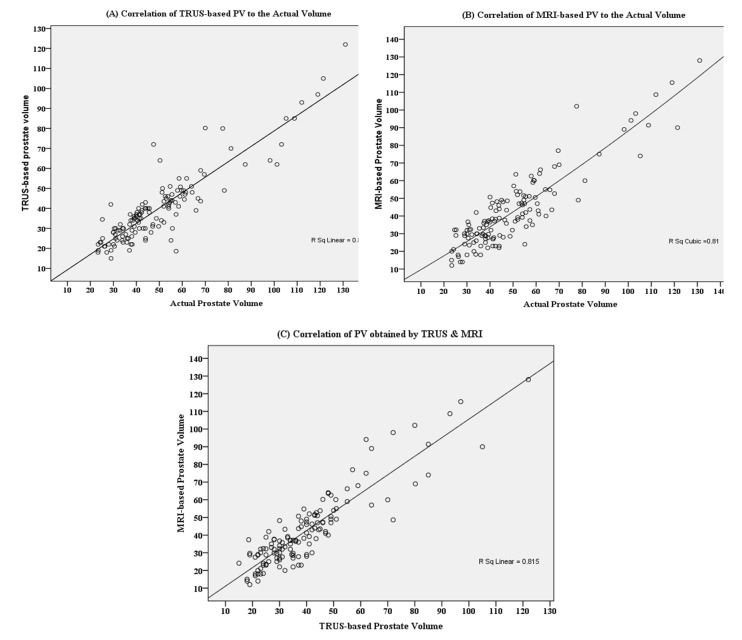Abstract
Introduction and Objectives:
The phase 2 TERRAIN trial compared the efficacy and safety of enzalutamide (ENZA) vs. bicalutamide (BIC) in patients (pts) with metastatic castration-resistant prostate cancer who had progressed on luteinizing hormone-releasing hormone agonist/antagonist therapy or after bilateral orchiectomy while maintaining castration therapy during the study. An age effect analysis was pre-specified to investigate the efficacy and safety of ENZA vs. BIC. Results are presented in younger (<75 years) and older (≥75 years) pts in the TERRAIN population.
Methods:
In this double-blind study in North America and Europe, pts were randomized 1:1 to ENZA 160 mg/day or BIC 50 mg/day. The primary efficacy endpoint was centrally assessed progression-free survival (PFS) and a secondary efficacy endpoint was time to prostate-specific antigen (PSA) progression.
Results:
184 pts were randomized to ENZA and 191 pts to BIC. 126 (68.5%) and 119 (62.3%) pts were <75, and 58 (31.5%) and 72 (37.7%) pts were ≥75, in the ENZA and BIC arms, respectively. PFS was significantly improved with ENZA vs. BIC in pts <75 years (median 16.6 vs. 5.8 months; HR 0.38 (95% CI 0.27, 0.52) and pts ≥75 years (median 13.8 vs. 6.4 months; HR 0.59 (95% CI 0.37, 0.92). Median time to PSA progression was similarly significantly improved with ENZA vs. BIC in younger (median 22.1 vs. 8.2 months; HR 0.27 (95% CI 0.18, 0.40) and older pts (median 16.6 vs. 5.8 months; HR 0.33 (95% CI 0.19, 0.57). Adverse events (AEs) with ENZA were more frequent in older pts (98.3%) vs. younger pts (92.8%), but a similar distribution of treatment-related AEs between treatment arms was observed in either age group.
Conclusions:
ENZA had greater efficacy than BIC regardless of age, with superior PFS and time to PSA progression. ENZA showed safety consistent with its known safety profile in both age subgroups.




































